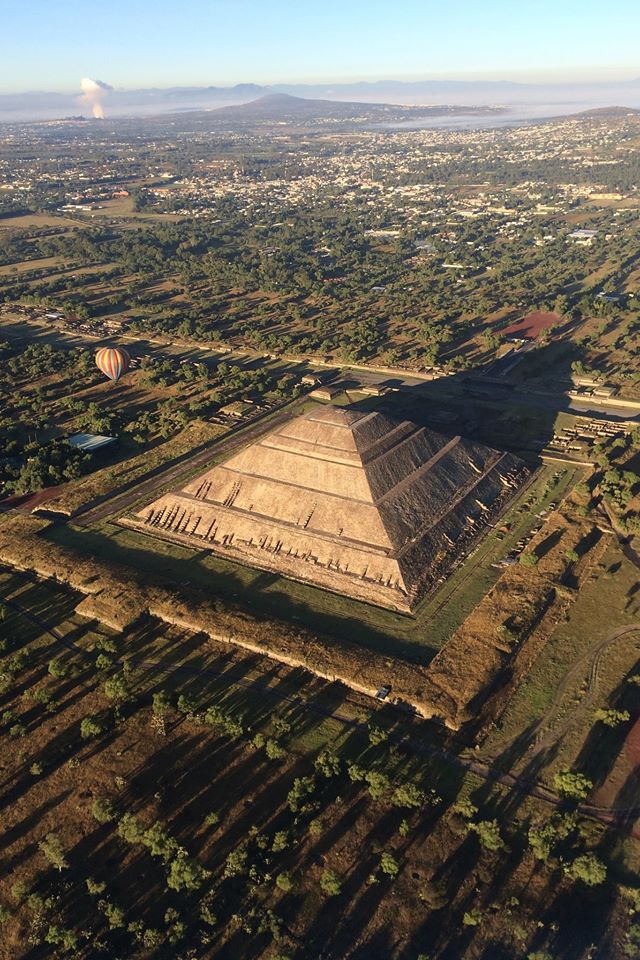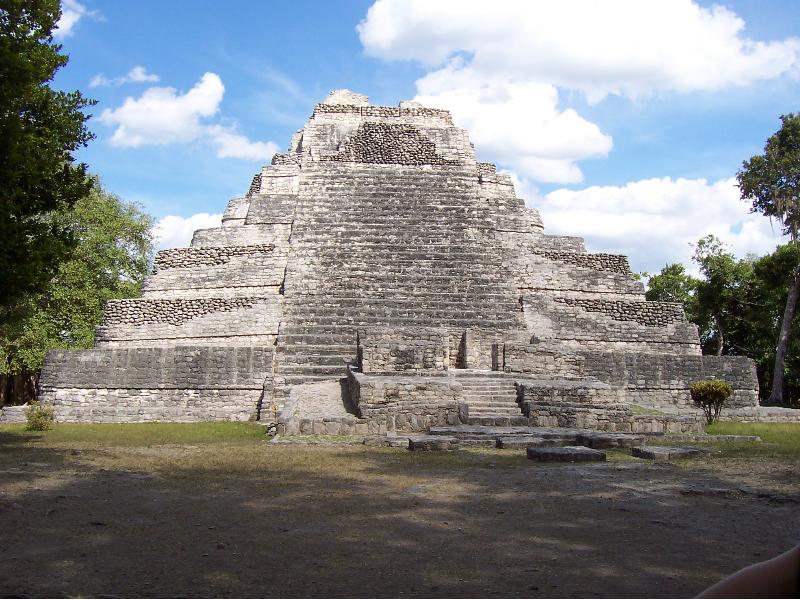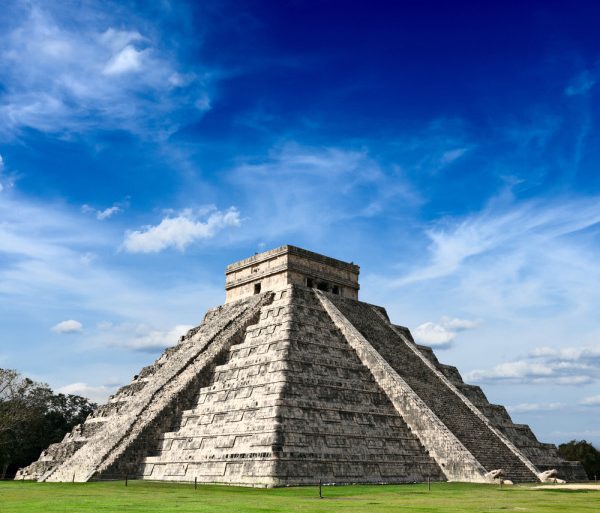Mexico´s 10 must-see ruin sites #Mexico #Travel
1. Chichen Itza
The Mayan civilization flourished from roughly 250AD to somewhere around 900AD. They created a sophisticated written language and left behind many magnificent works of architecture. The Mayan people made a number of notable achievements in Astronomy, and built monuments that commemorated celestial happenings. Examples of these monuments can be found among the ruins of Chichen Itza, an ancient Mayan city located in Southeastern Mexico. The Chichen Itza complex covers almost two square miles and includes temples, ball courts and an observatory.

2. Teotihuacan
The name means City of the Gods and it is a complex of roughly 600 pyramids, the largest of which is the Pyramid of the Sun. Another important monument here is the Temple of Quetzalcoatl. It is located a short drive to the north of Mexico City and was built somewhere between 1AD and 7AD making it one of Mexico’s oldest ruins.

3. Chacchoben
Located in the Jungles of Quintana Roo, Chacchoben is one of the lesser-known of Mexico’s Mayan ruins. Its jungle location is one of the reasons that it is not as popular with visitors as the more accessible ruins. It features magnificent pyramids built by the Mayans around 200BC though much of the site has not yet been excavated.

4. El Tajin
The people who built this city are still a mystery to archaeologists, but what is known is that it was started somewhere around 600 AD and reached its peak at around 1200 AD. Located to the north of Veracruz, the city features about 150 buildings though the majority of them remain unexcavated. The city is thought to have been an administrative center and features multiple palaces along with ball courts and temples. El Tajin is of interest because many of the structures there are unique and completely new to archaeologists.

5. Tulum
The ruins here have only about 60 buildings and those are thought to represent roughly a tenth of the original city. Located close to the resort town of Cancun, this site is often crowded but will allow visitors to see features like the stone walls: Tulum is one of the few walled Mayan cities. Its peak was between 1300 and 1500 AD, when its inhabitants are thought to have been wiped out by European diseases.

6. Uxmal
The existence of this city is a testament to the engineering abilities of the Maya who built reservoirs to provide water to it during the dry season. The name Uxmal means “thrice built” and it was established somewhere around 600AD. The buildings at this site are among the most aesthetically pleasing of any ruins and it has been designated as a UNESCO World Heritage site.

7. Xochicalco
The ruins here are of a city that reached its peak somewhere between 700AD and 900AD. The city is linked both to Aztec culture and to the Mayans; it is considered to have been a melting pot of its time. Located along major trade routes, the city is thought to have been brimming with culture at its zenith. The Xochicalco site has many fascinating elements, including ancient tunnels that were used to connect the major buildings. Visitors are not permitted to explore these tunnels, however.

8. Monte Alban
Located to the west of Oaxaca, this was once the capital city of the ancient Zapotecs. The name means “White Mountain” and it features an irrigation system and evidence of ancient trade. The city is thought to have been established at around 500BC and existed for more than 12 centuries before being abandoned. Archaeologists do not know why it was abandoned.

9. Coba
Located about 50 miles east of Chichen Itza is Coba, which is thought to have predated it. At its peak between 200AD and 600AD, Coba is thought to have had as many as 50,000 inhabitants. The site features pyramids along with 20,000 other structures that remain unexcavated. Crowds at Coba tend to be smaller than those at Chichen Itza.

10. Palenque
There are more than 1400 temples here, many of which are still locked within the tropical forest. There are many intricately carved inscriptions and hieroglyphics on display and the city is thought to have been a center of trade and knowledge at its peak between 600AD and 800AD. The location itself is a part of the ruins’ appeal as the site is has both rivers and wildlife to enthrall and captivate visitors. It is located in the state of Chiapas and close to the modern town of Palenque.

via escapehere.com
facebook.com/HelloDFpage


Comentarios: